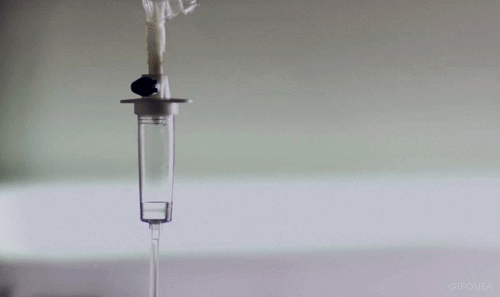I think I've got a handle on enough of the basics of the Malagasy language to share a little with you all. So here's a quick crash course in Malagasy. If you know a little French, and you know these words, you can get by just about anywhere.
It's a bit strange being in this international microcosm on the ship. While English is technically our official, operational language, if you're working with patients or day crew, their first language is Malagasy. As such, saying "excuse me" might be understood by most of the crew, but EVERYONE on the ship will understand this wonderful word:
AZAFADY!
Azafady is the most versatile, multipurpose word in Malagasy. As a Canadian, I say it a lot, because it equates to "sorry." Or, "excuse me," or, "beep beep! Comin' through!" or, "tough luck." Here are some examples of excellent opportunities to use this word:
You are trying to take medication to your patient, but there are 6 nurses and day crew in your way.
"Azafady!"
You reach for a napkin and spill your pumpkin spice latte all over your friend.
"Azafady!"
You have to wake up your patient at 2 in the morning to check their vital signs.
"Azafady!"
You trip over your patient's caregiver whose legs are sticking out from under the bed (because they sleep on a mattress on the floor under the bed), while trying to check vital signs at 2 in the morning.
"Azafady!"
You rolled a 7, move the robber, and now steal a card from the person who just picked up 4 wheat. You shrug your shoulders.
"Azafady!"
SALAMA!
Salama is also a fairly versatile word, meaning hi, hello, good morning, good evening, etc. You can also make it more respectful or formal by adding "tompoko" to the end. Or you can say "salamay." Or "salamo." Or just "salam." I still haven't which figured out the significance of these variations, but they all seem to be used interchangeably.
TSARA BE!
Pronounced, "Chara-Bay." This word means grood. I mean great. And good. Great and good. Literally. Tsara = good and Be = great. It's generally usefull for encouragement and when you're so impressed with something that no english word quite does the trick.
Your 4 year old ortho patient with full-length casts on both legs is walking with their itty-bitty walker and not screaming their head off for the first time?
Your 4 year old ortho patient with full-length casts on both legs is walking with their itty-bitty walker and not screaming their head off for the first time?
TSARA BE!!!"
Your friend manages to carry a loaded plate, bowl of soup, mango, and nalgene bottle to the table without spilling a drop.
"Wow. Tsara be."
Your colleague knits an entire headband during their shift. It's pretty cute.
"Tsara be!"
"Tsara be!"
It can also be used ironically, like when you trip over the door for the hundredth time (did I mention all the doors have nice beams/lips to trip on? Some even right at the top of the stairs?), and you try to recover hoping no one saw you - but they totally did.
"Tsara be!"
"Tsara be!"
INO VAOVAO
Pronounced, "In vovo?" This literally means "what news?" or, in other words, "what's up?" The appropriate response is usually "tsy vaovao," meaning "no news" or, "not much." At least, this is the appropriate response for me, as I don't know enough words to say anything more than "not much."
This brings us to the wonderful:
TSY!
Pronounced "teese" (yes, I'm aware that seems backwards, but it's true, I promise). This means "no," and is yet another word that frequently pops up in our english conversations.
You're assessing if your patient is having pain.
You: "Marary (pain)?"
Patient: "Tsy."
You: "Tsy marary?"
Patient: "Tsy."
You: "Tsara (good)."
Such in-depth conversations we have.
You're walking down the street towards the supermarket, which is a whole 10 minutes walk down the road. 14 tuk-tuk and pus-pus approach you offering a ride.
"Tsy masotra (no, thank you). Tsy masotra. Tsy masotra. Tsy. Tsy. Tsy. Tsy..........Tsy."
"Tsy masotra (no, thank you). Tsy masotra. Tsy masotra. Tsy. Tsy. Tsy. Tsy..........Tsy."
You're watching The Holiday and Kate Winslet is about to call the jerk who just got engaged to someone else even though Kate is still deeply in love with him.
"Tsy! Tsy you idiot!"
"Tsy! Tsy you idiot!"
Your friend wants to try the various condiments and you notice she has a dangerously large amount of mystery green chili sauce on her fork and you yell (unfortunately too late):
"That's...uh, that's maybe a bit too mu-TEEEEESE!!"
"That's...uh, that's maybe a bit too mu-TEEEEESE!!"
True story.
Well, I hope you now feel somewhat aquainted to the language of this wonderful island.
Well, I hope you now feel somewhat aquainted to the language of this wonderful island.
Until next time,






















